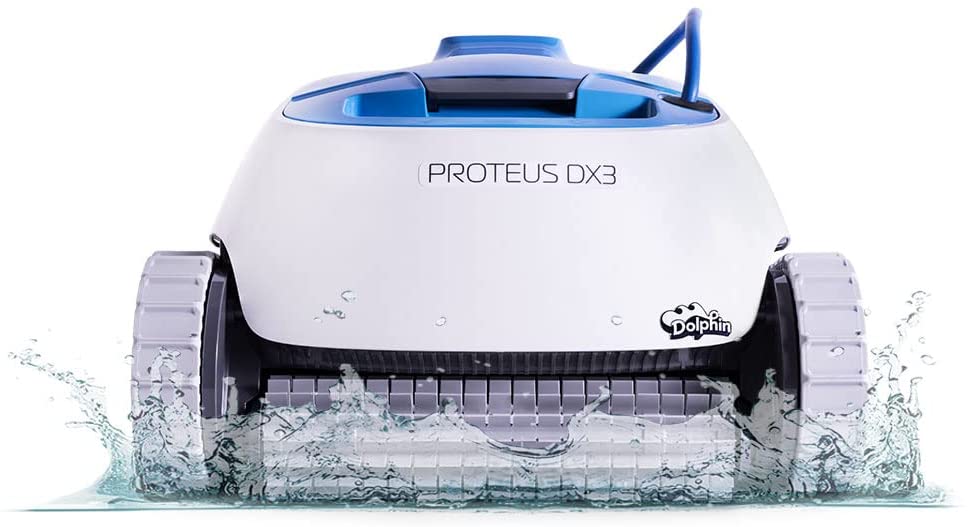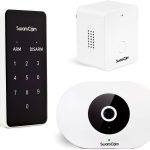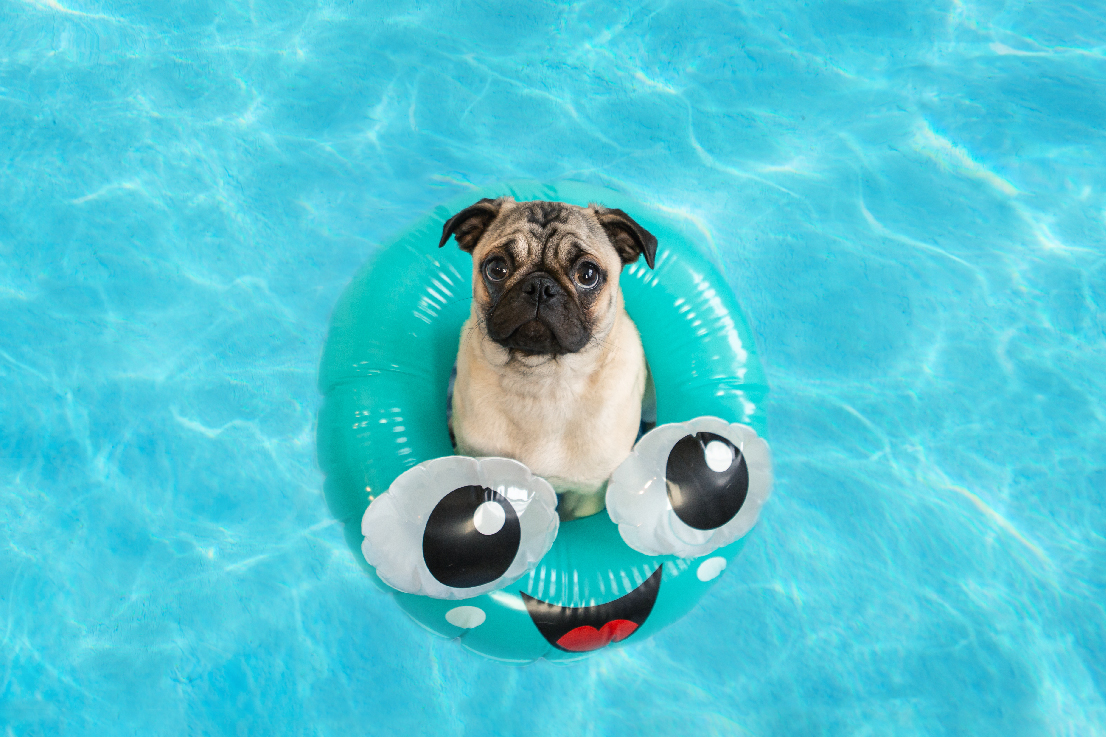
Troubleshooting Robotic Pool Cleaners: A Comprehensive Guide to Diagnosing and Fixing Common Issues
Keep Your Pool Immaculate with a Properly Functioning Robotic Pool Cleaner
Introduction
Robotic pool cleaners are an efficient and convenient way to keep your swimming pool clean and free of debris. However, like any other equipment, they can experience issues that may affect their performance. This article will guide you through the process of troubleshooting, diagnosing, and fixing common problems with robotic pool cleaners.
Step 1: Understand How Robotic Pool Cleaners Work
Before troubleshooting your robotic pool cleaner, it’s essential to understand how it operates. These cleaners are self-contained units that move around the pool using built-in motors and collect debris in an internal filter. The key components of a robotic pool cleaner include the motor, wheels or tracks, brushes, filter, and any sensors or controls that dictate its movement.
Step 2: Identify Common Robotic Pool Cleaner Problems
Several common issues can affect the performance of a robotic pool cleaner. Some of these problems include:
- Loss of power or battery issues
- Motor or drive system malfunctions
- Worn or damaged brushes, wheels, or tracks
- Clogged or dirty filter
- Faulty sensors or controls
Step 3: Troubleshooting and Diagnosing Issues
Once you’ve identified the possible issues affecting your robotic pool cleaner, follow these steps to diagnose and repair the problem:
- Check the power supply or battery: Ensure that your robotic pool cleaner is properly charged or connected to a reliable power source. If the cleaner is battery-operated, inspect the battery for any visible damage or swelling and replace it if necessary.
- Inspect the motor and drive system: Motor or drive system malfunctions can prevent the cleaner from moving around the pool effectively. Listen for any unusual sounds or grinding noises that may indicate a problem with the motor or drive system. Consult your cleaner’s owner’s manual for information on accessing and inspecting these components, and replace any damaged parts as needed.
- Examine the brushes, wheels, or tracks: Worn or damaged brushes, wheels, or tracks can affect the cleaner’s ability to move and clean the pool effectively. Check these components for signs of wear or damage, such as missing bristles or visible cracks, and replace them as needed.
- Clean the filter: A clogged or dirty filter can reduce the cleaner’s efficiency and cause it to stop functioning. Regularly clean the filter according to the manufacturer’s recommendations to ensure optimal performance.
- Test the sensors and controls: Faulty sensors or controls can prevent the cleaner from navigating the pool correctly or cause it to become stuck. Consult your cleaner’s owner’s manual for information on testing and resetting these components. Replace any faulty sensors or controls as needed.
Step 4: Consult a Professional Technician
If you’re unable to diagnose or repair the issue yourself, or if the problem persists, consult a professional pool technician. They will have the expertise and tools necessary to identify and fix any issues with your robotic pool cleaner efficiently and safely.
Conclusion
By understanding the basics of how your robotic pool cleaner works and being familiar with common issues, you can effectively troubleshoot and diagnose problems that may arise. Regular maintenance and proper care of your cleaner will ensure its longevity and optimal performance, keeping your pool clean and inviting for years to come.




